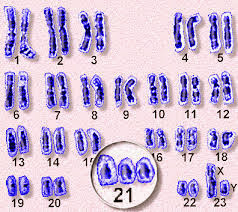- auditory, e.g. experience what a bell sounds like,
- visual skills and memory,
- tactile skills including sensory exploration and sensory feedback, e.g. experience sensations while touching velvet or sandpaper
In the treatment
program focus on:
Sensory
stimulation
The massage program,
e.g. using the NUK massager - description of the program in an article by Kumin
and Chapman (1996).
- To tolerate touch in the lip and tongue area, e.g. brushing teeth
- To accept certain textures of foods (mixed food textures).
Begin with the arms and legs - Gradually
move toward the face and intra oral area.
Use:
- oral massage
- direct muscle stimulation
- oral normalization program
Once the child can tolerate touch
and can freely move the articulators, an oral
motor skills program is introduced
·
blowing whistles
·
blowing bubbles
·
making funny faces
·
making sound imitation activities
Generally, the clinician will
imitate the child rather than providing a model to imitate.
Feeding therapy
Speech is an overlaid function in the human body. Feeding
and respiration involve many of the structures and muscles used in speech.
Social interaction
Turn taking can be developed at a very young age through play (MacDonald, 1989);
- Peek-a-boo games
- Handing a toy
- Musical instruments
Conversational
skills
Although speech is the most difficult communication system
for children with Down syndrome, more than 95% of children with Down syndrome
will use speech as their primary communication system. Babbling and sound
making increase after the oral normalization activity.
Pre-language
skills Therapy should begin early, before the child speaks the first
word (Kumin et al., 1991).

No comments:
Post a Comment